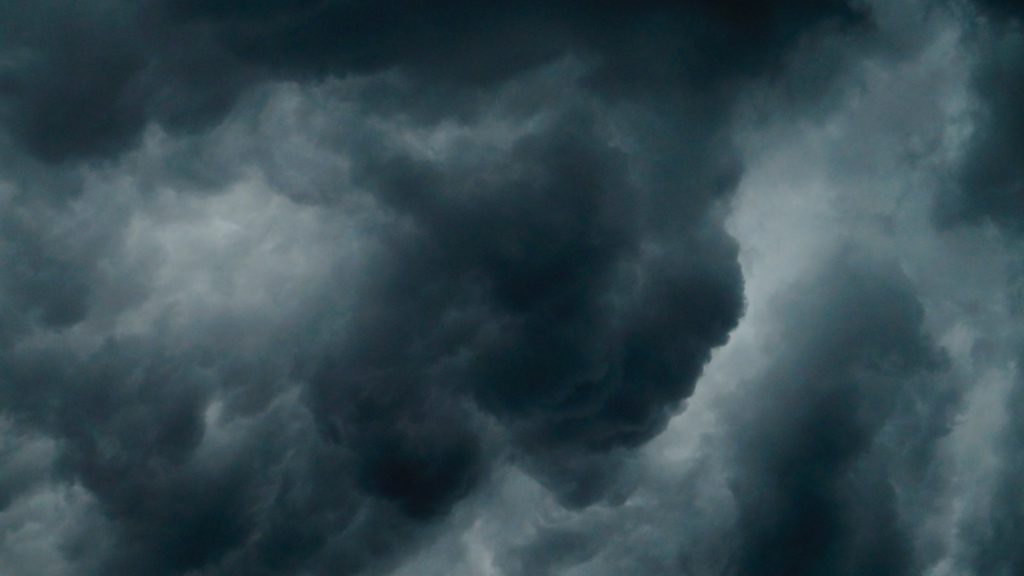OpenAI has launched GPT 5.2, a major model upgrade now available in both the API and ChatGPT. It is described as the company’s most…
After the storm, Cape Town’s dam levels are now at 48.3%

Update: As of 3 July, Cape Town’s dam levels are now at 50.3%. Read the full story here.
The storm clouds have cleared above Cape Town and the City’s latest dam figures are in.
As of 2 July 2018, the combined dam levels of the City’s six major dams stand at 48.3% full. That’s an increase of 5.6% over the previous week, or a physical volume increase of more than 50-billion litres.
It’s not yet clear if these numbers account for yesterday’s and last night’s deluge. Nevertheless, they are staggering.
The Berg River Dam gained a massive 10.9% over the previous week and now holds double the amount of water at present than it did in July 2017. In fact, it’s getting pretty close to its 2014 levels of 100.3%.
The Theewaterskloof is still in the 30% zone, gaining 4.3% over the previous week. However, the Cape’s largest dam was at 19.4% in July 2017.
Gaining 4.4% is the Voëlvlei Dam, which now stands at 42% full. It was less than 20% full at the same point in July in 2017.
The Wemmershoek Dam is at 79%, gaining 7.8% over the previous week. It’s now just over 12% off its July 2014 figure.
And finally, the Steenbras Lower and Upper Dams stand at 52.1% and 101.7% full respectively. The latter is enjoying its healthiest July in more than four years.
Notably, the City’s residents aren’t increasing water consumption as a response to the weather.
Just 481-million litres per day were drained from the City’s dams last week, making it the thriftiest week in the City’s recent history. 447-million of those litres were acquired from the six major dams.
As for the rainfall throughout June and the beginning of July, the City’s data paints a very, very damp picture:
- More than 60mm fell over Newlands on 1 July. In total, 362.9mm fell over the area in June, 70mm more than its long-term average
- The Theewaterskloof catchment area saw 77mm in June, slightly more than its long-term average
- The Voelvlei Dam catchment received 80mm more rain in June 2018 than its long-term average. 194.3mm fell over the area
- The Wemmershoek Dam received 280.6mm of rain in June. It usually sees just 180mm
- The Steenbras Dam catchment area fell short of its June long-term average by 30mm
Updated: 4.10pm, 2 July 2018
Feature image: Anandu Vinod via Unsplash


